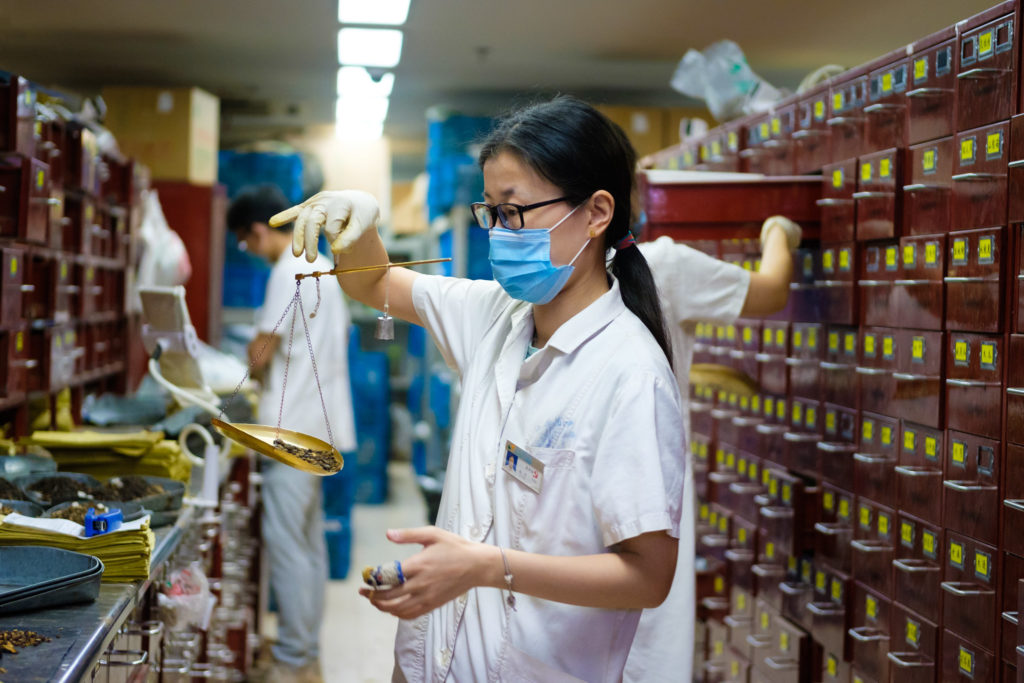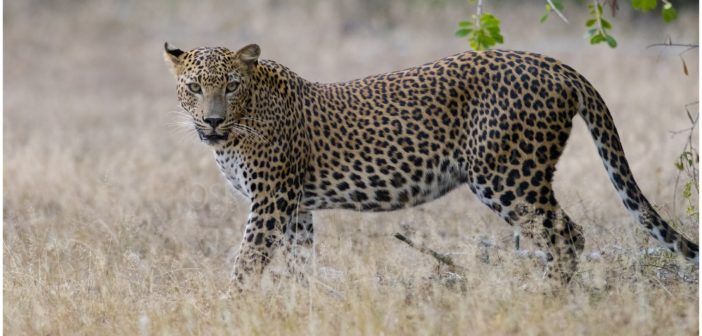With mounting global concern over the link between commercial exploitation of wildlife in China and the rise of the coronavirus pandemic, a new report exposes 24 Chinese companies listing the bones of endangered leopards among the ingredients in their traditional medicines.
Among them is Beijing Tongrentang, valued on the stock market in 2019 at 37.5 billion yuan (£4.12 billion) and the world’s largest producer of traditional Chinese medicine (TCM), with a major presence in China as well as branches and subsidiaries worldwide, including the UK and USA.
Tongrentang is named in Bitter Pill to Swallow – China’s flagrant trade in leopard bone products, a report released by the London-based Environmental Investigation Agency (EIA), and produces more leopard products than any other company.
In 2016, Tongrentang was exposed by academics in Australia, who revealed one of its products, detailed in the new report, contained snow leopard DNA.
Another company, Hongmao Pharmaceutical Co. Ltd, was permitted to buy 1.23 tonnes of leopard bone in a single transaction in 2018 – equivalent to the bones of approximately 150 leopards.
Having recognized the risks posed by the consumption of wildlife as meat, the Chinese Government has imposed an emergency ban. China’s National People’s Congress is expected to ensure this is written into wildlife law.
But the continued sale of leopard bone medicines, along with the scandal of recommending injections containing bear bile as a TCM treatment for COVID-19, demonstrate the need for this ban to be expanded.
“While the ban on the use of most wildlife for food is commendable, if implemented ethically, China needs to move fast and decisively to put a stop to the use of wildlife in traditional medicines,” said Aron White, EIA Wildlife Campaigner and China Specialist.

Use of leopard bone in traditional medicine is still legal in China, despite there being fewer than 450 wild leopards left in the country. International trade has been banned since 1975, which raises serious questions as to where the leopard bone comes from.
Poaching for body parts is driving Asia’s leopards to extinction. They have already disappeared from Laos, Singapore and Vietnam and are on the brink in several other countries. Demand for their bones, primarily from Chinese consumers, is one of the key drivers of the trade.
Leopard bone is used in similar ways to tiger bone. It is steeped in rice wine to produce so-called health tonics and used in other traditional medicines.
Purchase of leopard bone by manufacturers appears to be continuing, despite a regulation that companies could only use stock held prior to March 2006. The quantities and origins of this leopard bone has never been publicly declared and the full scale of China’s domestic leopard bone trade and the total number of companies involved remains largely unknown because of a lack of government transparency.
“This is just the tip of the iceberg,” said White. “It is not just leopards. At least 46 government permits to trade in or use parts of species under the highest levels of protection have been issued to traditional medicine companies since September 2017.”
Many academics, NGOs and citizens in China have been calling for greater restrictions on wildlife trade, including for bans to be extended to cover use in traditional medicine.
“As most TCM does not contain wildlife parts, ending the use of threatened wildlife would be a win/win for biodiversity and the image of traditional Chinese medicine, preventing the actions of a minority from negatively impacting on the image of the whole TCM industry,” White added.
“China’s National People’s Congress – the country’s highest law-making body – is due to revise the Wildlife Protection Law. We strongly urge the government to take this opportunity to end the use of leopard and other threatened species in TCM.”
Featured image: a Sri Lankan leopard. Image credit Shanaka Aravinda, CC BY-SA 2.0.






1 Comment
It is beyond comprehension that a nation as technologically advanced as China can be that flippant towards the rest of life on the planet. Really tragic.